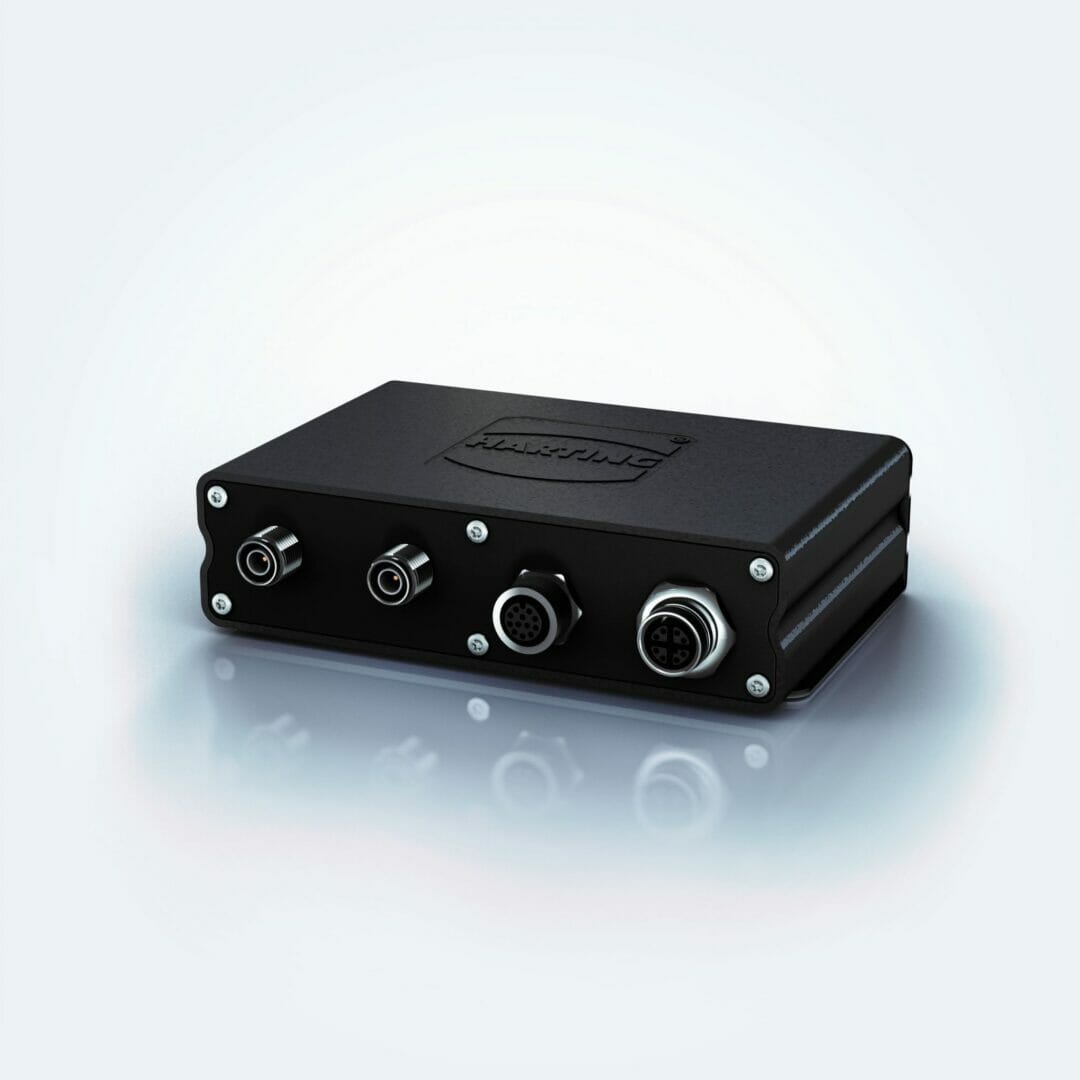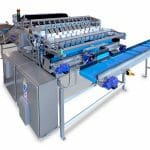The new RF-R3x0 from HARTING is a versatile UHF RFID reader that combines software flexibility with an extremely robust and compact design that enable its deployment in a wide range of application scenarios.
Thanks to the use of M12 industrial connectors and aluminium die-cast housings, the reader is rugged enough to meet the most demanding requirements – as found in railway applications, for example – while the flexible software concept means that a few clicks are all it takes to switch the unit to a completely different application.
Typical applications might range from a simple PLC connection to the integration of signals with an ERP system or a connection to a train control system.
The UHF RFID reader is based on four basic versions: the LLRP 1.1, which is also designed to connect to the HARTING Ha-VIS middleware; a unit with OPC UA support that meets the Companion Specification for Auto ID Devices for uniform connection to ERP and PLC systems (interface description available at [email protected] or from the OPC Foundation); a Modbus TCP version for easy connection to PLC systems (which is also suitable for communication with older PLC systems); and a version containing embedded middleware for complete standards-based data pre-processing. Various communication facilities such as web services, database connections, UDP and TCP telegrams are available for configuration.
These latter capabilities make it very easy to create additional project-based or industry-specific solutions. Thanks to the software container concept of the HARTING MICA® industrial computer platform, which serves as the basis of the new Ha-VIS RF-R3x0 reader family, there are virtually no limitations on the system’s versatility. Whether HARTING’s own extensions, e.g. the interpretation of the sensor data from a HARTING ETB sensor transponder or extensions created by system integrators – the diversity of applications knows no bounds.
For an easy start to a new project, the Ha-VIS RF-R300 contains all the basic functions listed above for testing. These can then be activated or licensed in an application-specific manner.





